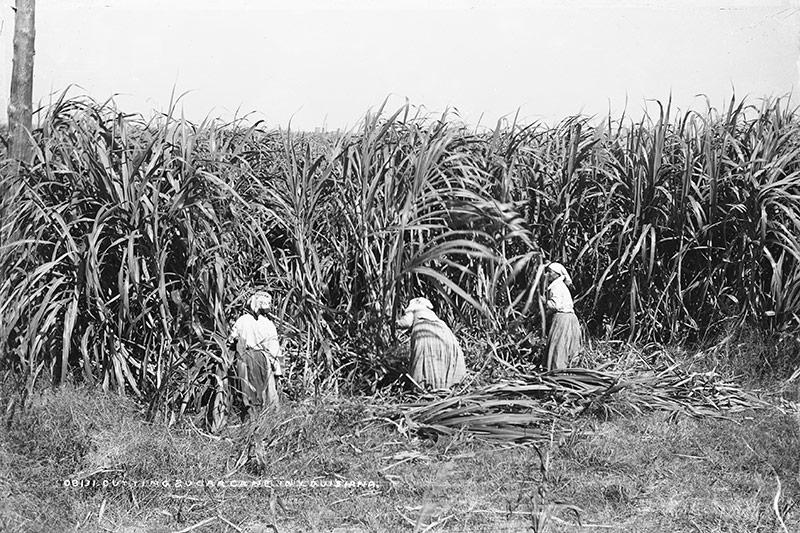Earth beneath dumpsite offers clues to racial massacre
From Somaliland to El Salvador, Peru to Guatemala, Davette Gadison has brought her passion for justice to her studies in forensic anthropology — drawn to mass gravesites in countries torn apart by civil war.
This spring, however, Gadison stayed right here in southeast Louisiana.
Using ground-penetrating radar — provided by Cynthia Ebinger, Tulane professor of earth and environmental sciences and holder of the Marshall-Heape Chair in Geology — Gadison surveyed a site in Thibodaux where a sugarcane labor strike was halted on Nov. 23, 1887. White vigilantes had rounded up striking African-American workers, killing many of them.
“I’d like to keep doing global work, but this Thibodaux massacre gives me a chance to look at the U.S.”
—Davette Gadison, anthropology graduate student
Estimates of the number of workers who were murdered range from 30 to 60. The bodies were thrown into one grave; in the decades following the event the site became the city dump, said Gadison.
Although a strong oral history exists, especially in the black community, the event had largely been repressed from written records — until the publication of The Thibodaux Massacre: Racial Violence and the 1887 Sugar Cane Labor Strike (The History Press, 2016) by John DeSantis.
Now Gadison, a graduate student in the Department of Anthropology of the Tulane School of Liberal Arts, is a consultant on the project, working with a professor from the University of Louisiana–Lafayette, to decide what the next step will be. From her pending report based on analysis of the ground-penetrating radar survey, Gadison will recommend if, where and how to excavate.
Like relatives of murdered people interred in mass graves around the world, community members in Thibodaux want a “proper burial” for the victims, said Gadison.
“I’d like to keep doing global work,” she said, “but this Thibodaux massacre gives me a chance to look at the U.S.”
There may be other massacre sites in the area, said Gadison, which is “disturbing, very disturbing.”
“I have a passion for justice,” said Gadison. “It’s strong in me. That’s what is fueling my drive for this work.”

